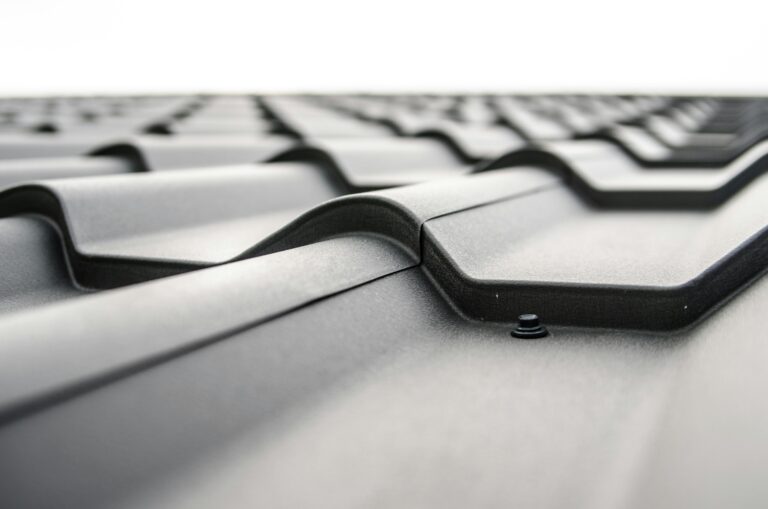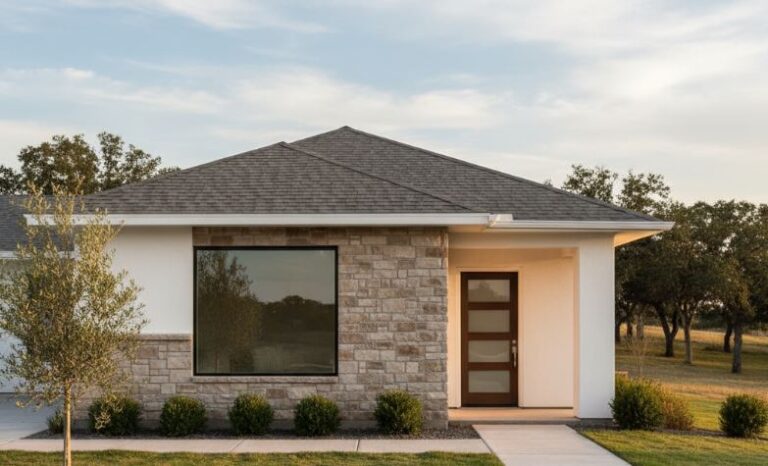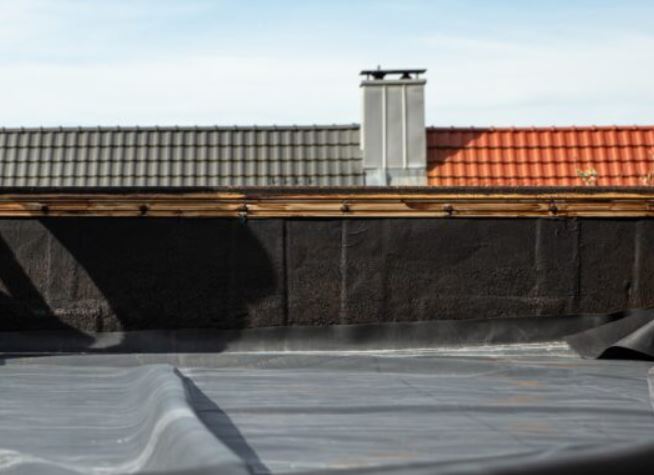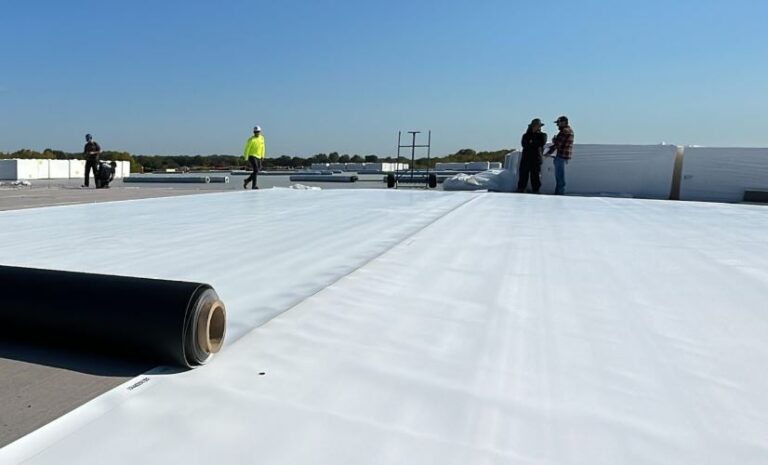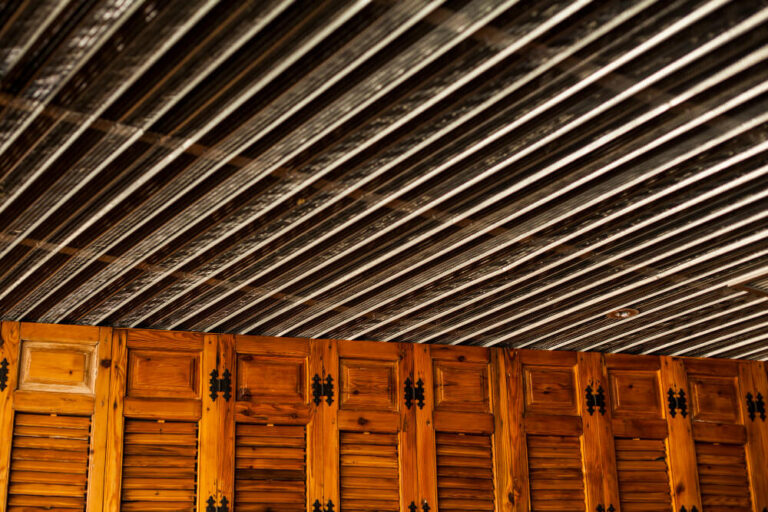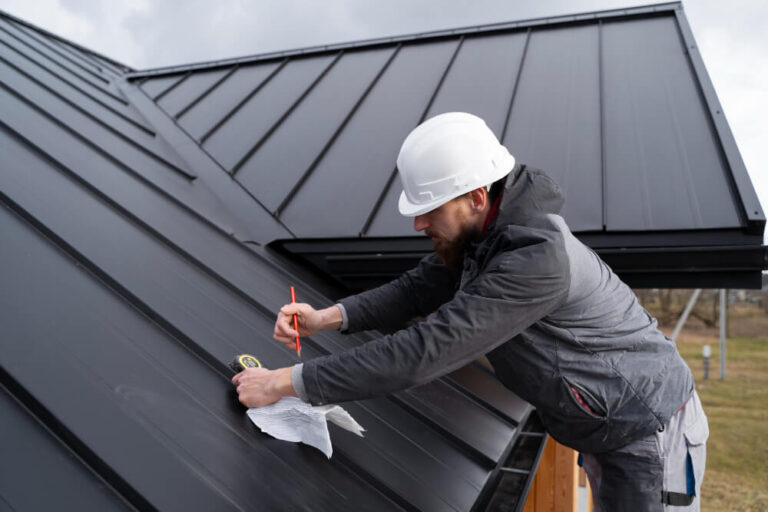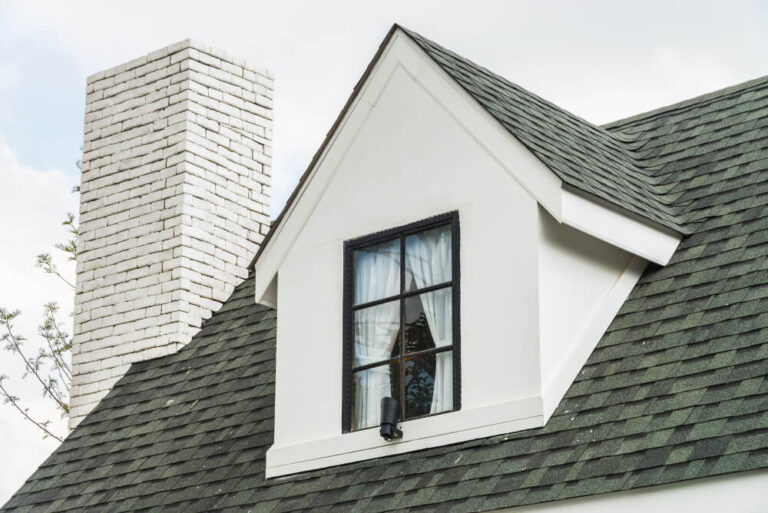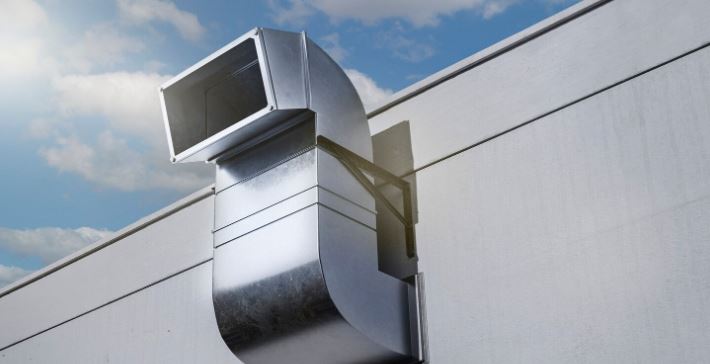Metal Roofing Types: The Complete Guide to Materials and Styles
Metal Roofing Types: Complete Guide to Materials & Styles Quick Answer: Metal roofing comes in five main materials: steel (most common, $7-12/sq ft), aluminum (coastal-friendly, $8-14/sq ft), copper (premium, $15-25/sq ft), zinc (self-healing, $13-22/sq ft), and tin (historic, $12-25/sq ft). Popular styles include standing seam (concealed fasteners), corrugated panels (economical), metal shingles (traditional look), and…
